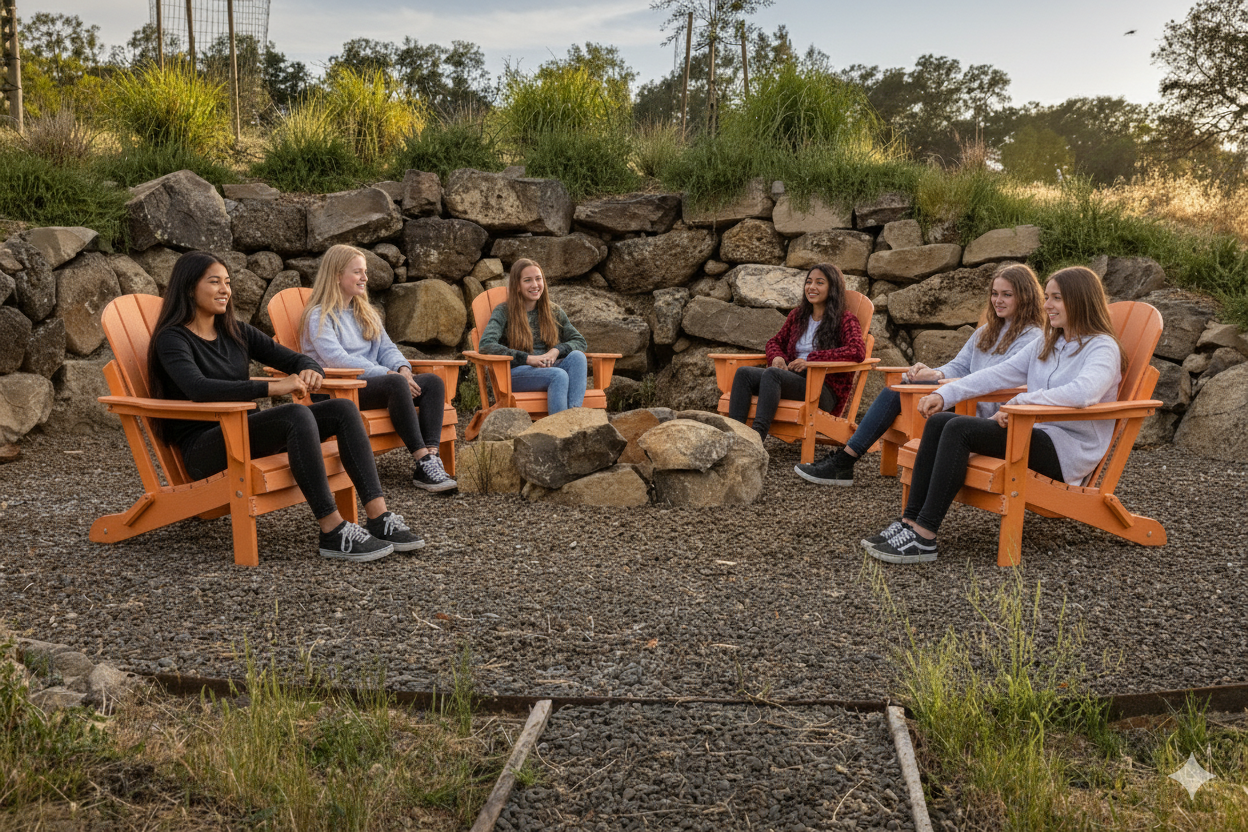It’s a confusing time to be a teenager. Parents and teachers are attempting to educate teens on the dangers of using drugs and alcohol while governments are legalizing marijuana for recreational use, and supposed “legal highs” provided by synthetic substances are easily found online. New drugs, new laws, and new statistics that highlight the growing number of lives lost due to drugs and alcohol, including via legal prescription medications—what does your teen need to know in order to stay safe?
“Legal” Doesn’t Mean “Safe”
Prescription painkillers, like OxyContin or sedatives like Xanax, or even drugs designed to treat ADHD, like Adderall, are legal with a prescription—but they are not always safe. Marijuana is legalized for medical use in 21 states and the District of Columbia, decriminalized in Washington State, and legal for recreational use in Colorado—but it’s not always safe. Alcohol is legal for everyone over the age of 21—and it’s not always safe.
All of these substances are easily accessible, and it’s not their legal or medical status that should be the focus; the focus should be on the fact that a little too much can be a deadly mistake and the risk simply isn’t worth it. No one’s life has ever been saved from overdose because they successfully argued that the drug they overdosed on was a legal high or safe in some contexts.
Marijuana Is Not Good for You
Because marijuana has been approved for medical use in almost half the states in the country, many teens believe that it isn’t necessarily a medicine that one takes when sick but that it’s therapeutic in nature. It’s not. It’s a drug, a mind-altering substance, and when taken during the teen years, it has been shown to cause a number of problems for the developing brain, including:
- Slowed cognitive function
- Lesser memory
- Slower information processing
- Increased mental health symptoms
- Lesser motivation
Additionally, a number of long-term health problems have been associated with early marijuana use, including addiction.
Addiction Is a Lifelong Problem
Many teens believe that they can try something harmlessly and walk away unscathed, that no experience could really hurt them in the long-term. Addiction, however, almost always starts with so-called “experimental” drug use during the teen years. An estimated 90 percent of adults in recovery report that their first experiences in substance abuse were with alcohol or marijuana when they were just hanging out with their friends. Almost none say that they hoped or expected that they would be struggling with the devastation that comes with addiction when they were in their 30s, 40s, 50s, and older as a result.
Change Is Possible
If your teen is abusing drugs and alcohol and uncertain about how to stop, he should know that treatment works – and that he’s not alone. An estimated 23.5 million people in the United States are struggling with substance abuse or addiction, yet only 10 percent get the help they need to overcome the disorder.
Don’t let your son spend another day without the treatment he needs to heal. Contact us at Muir Wood now for more information about our rehabilitation program here in Northern California.









